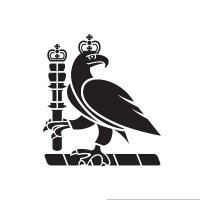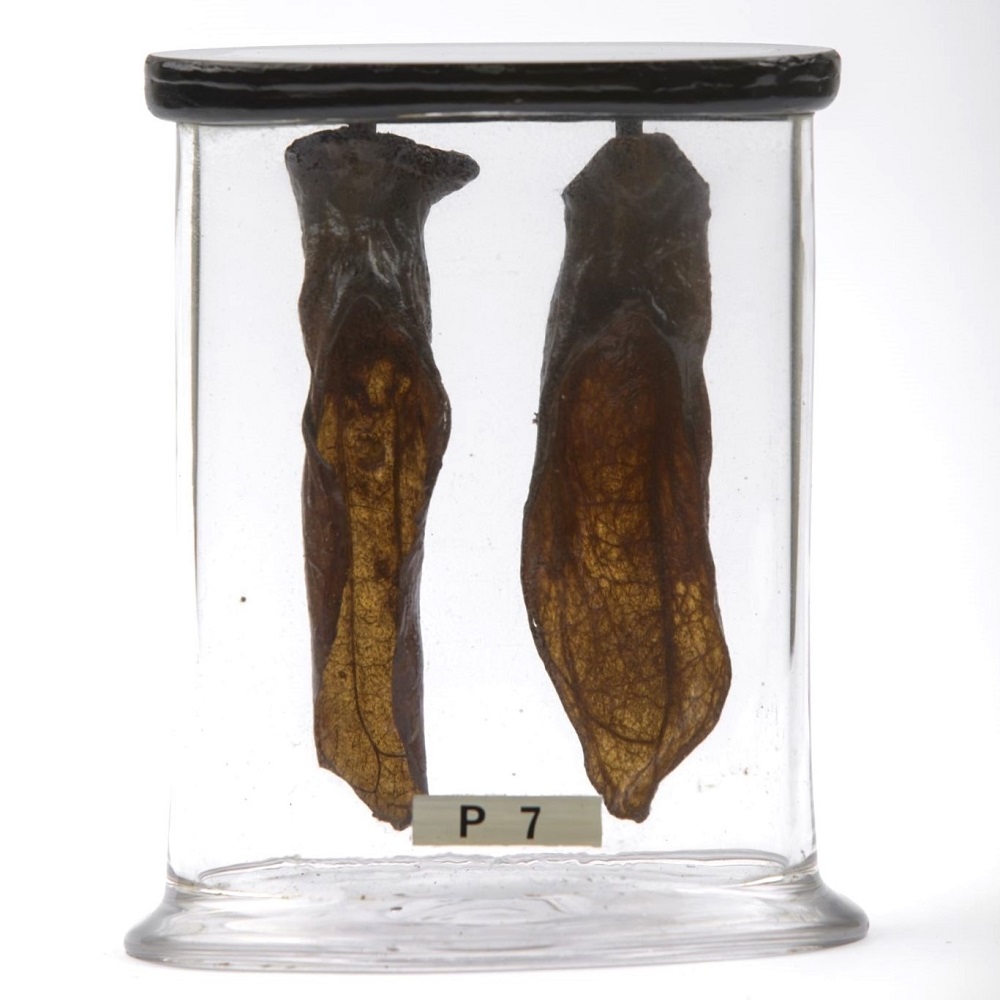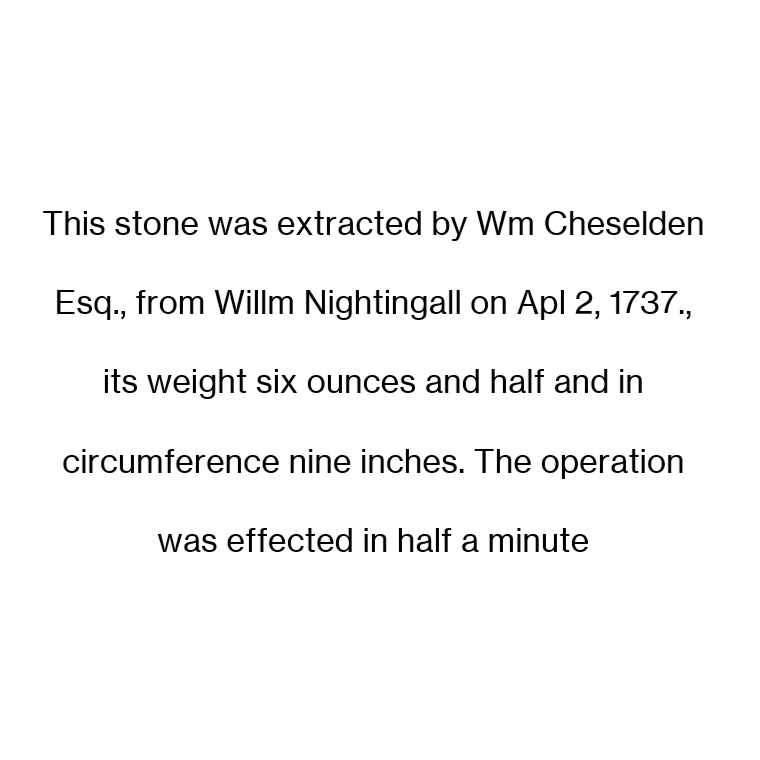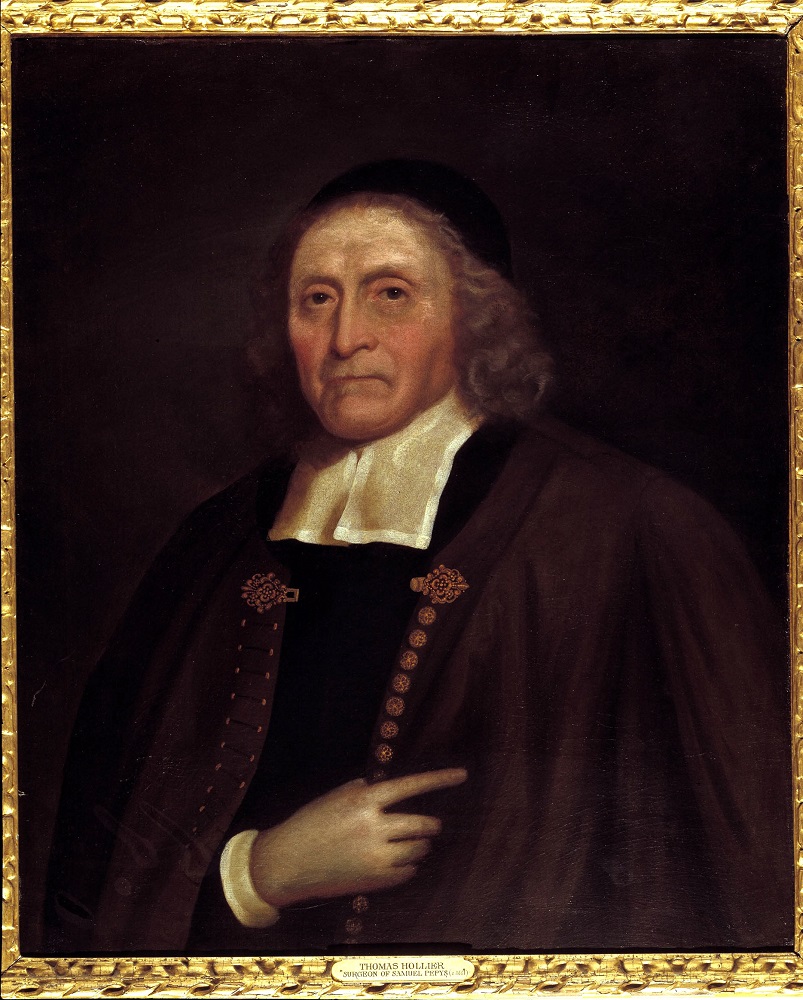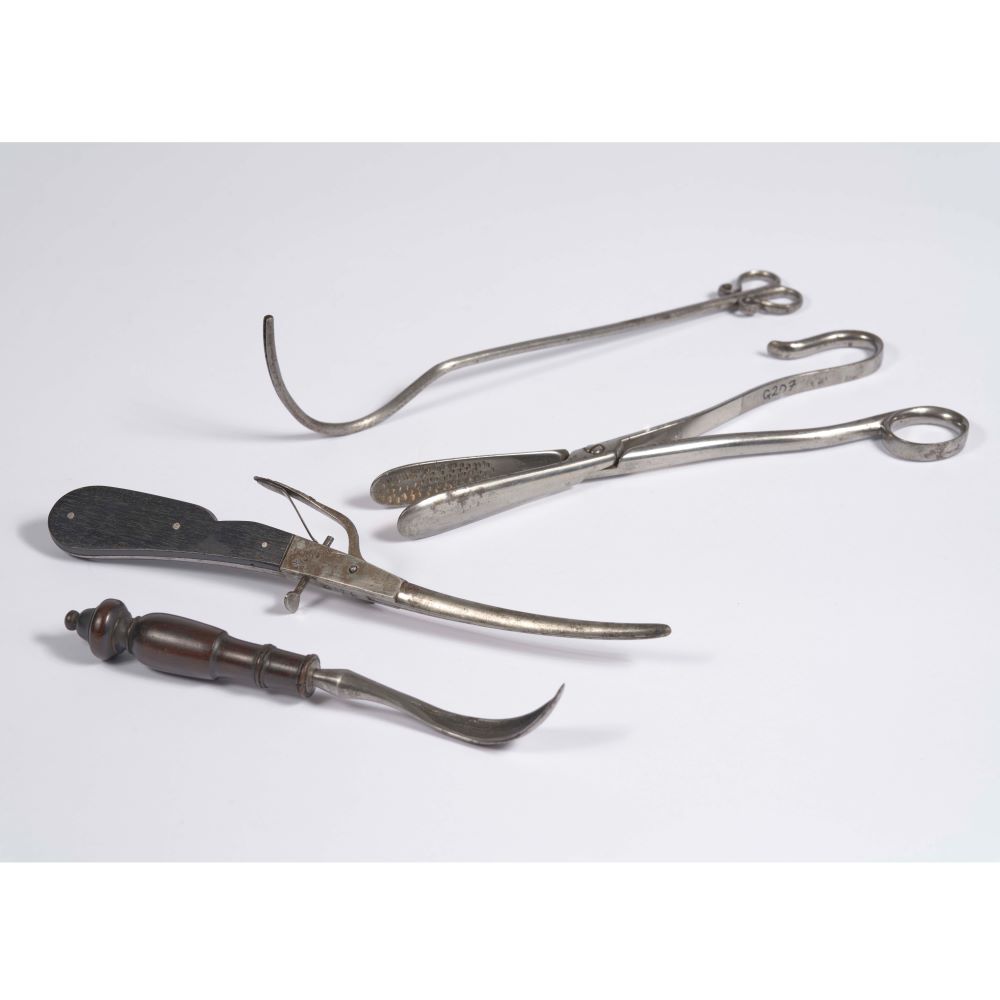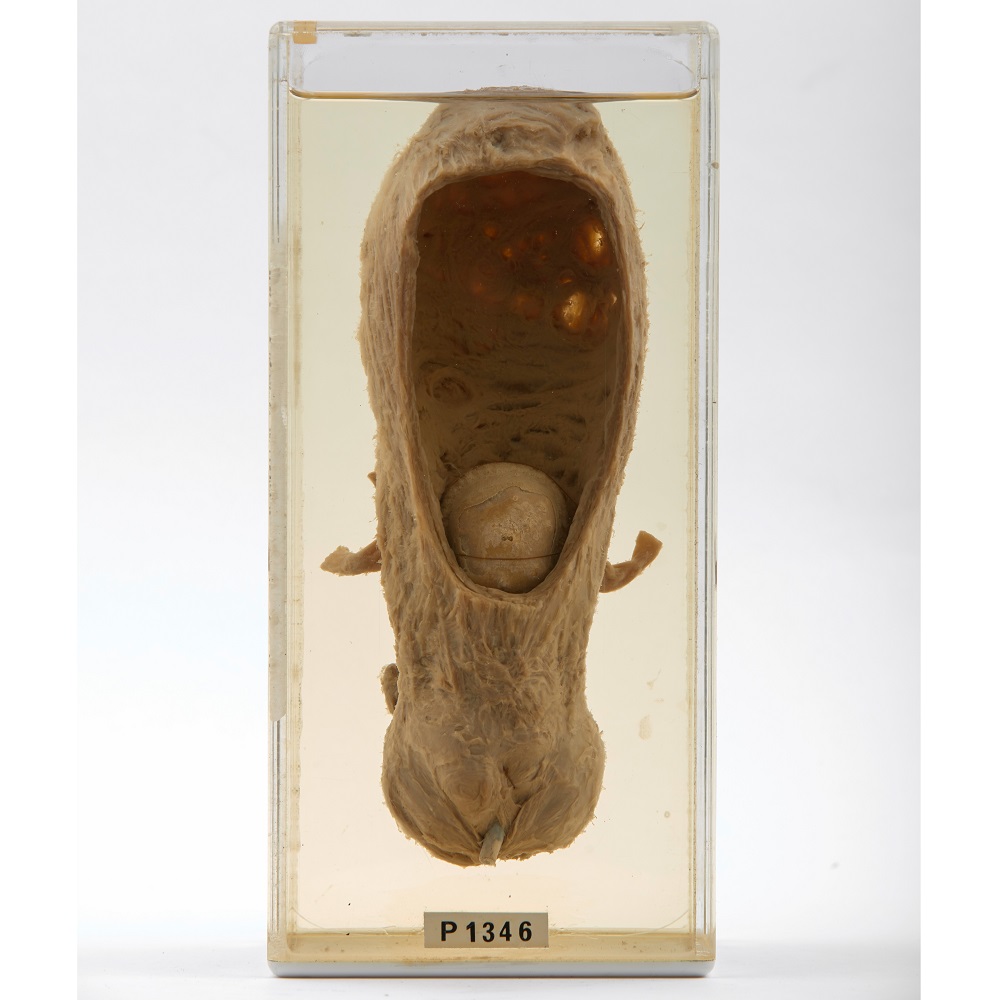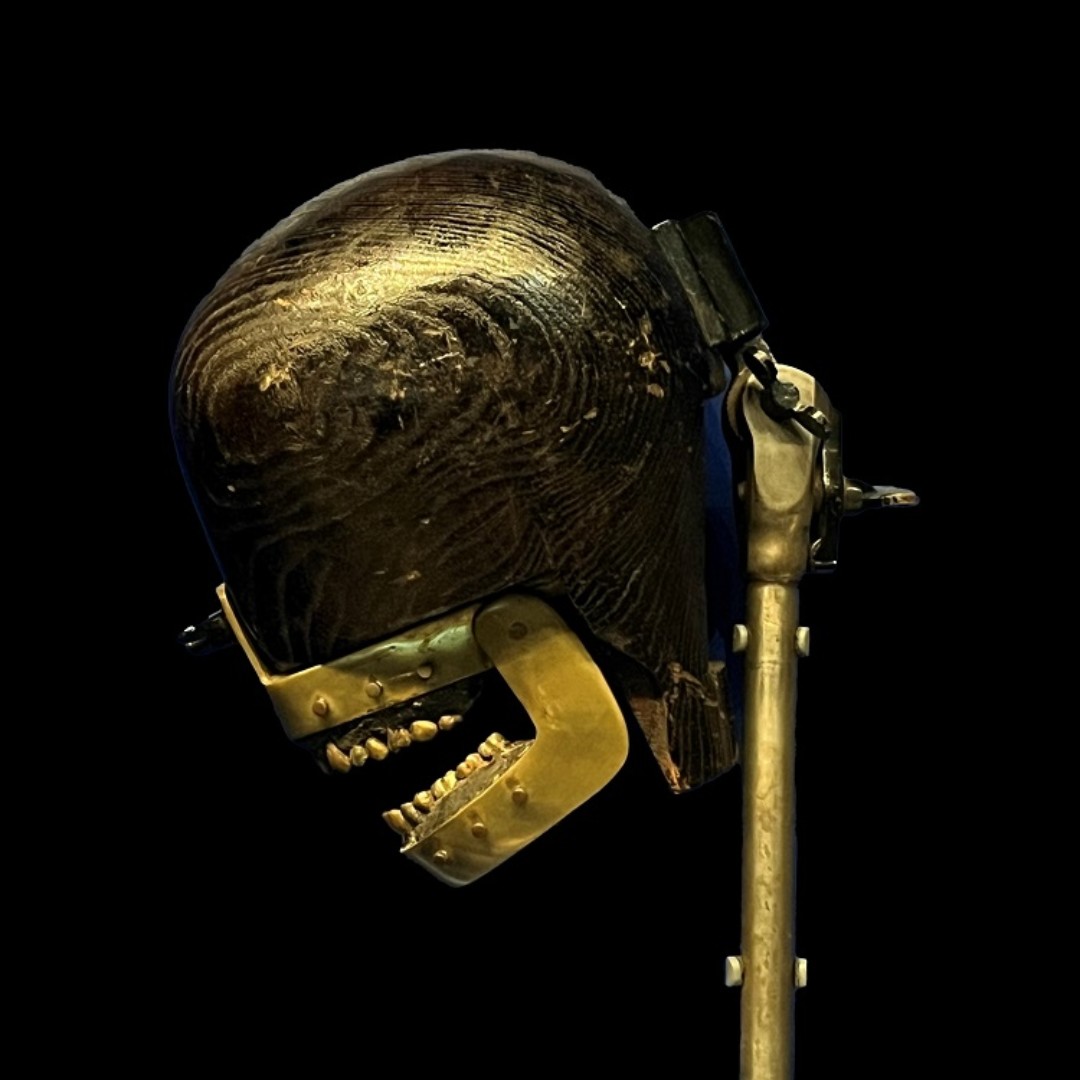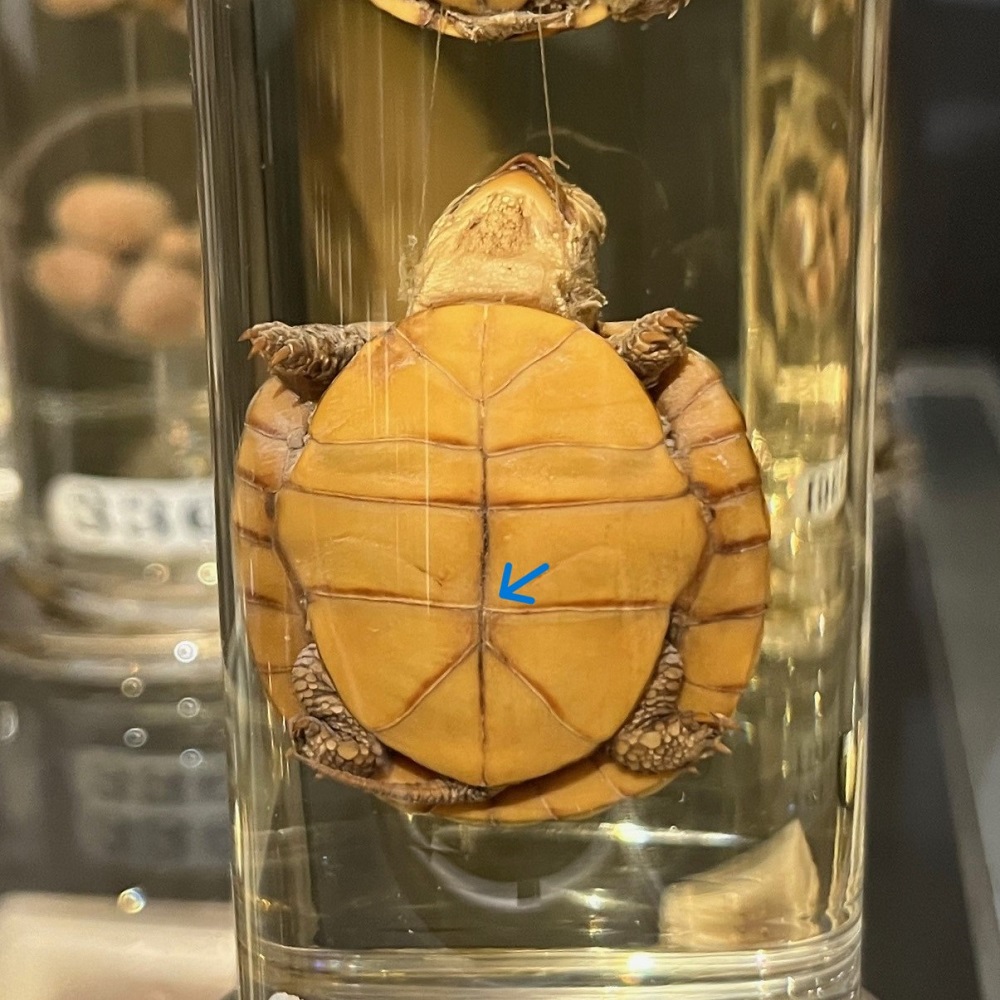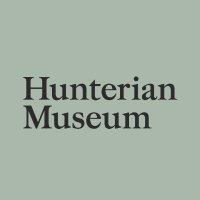
Hunterian Museum London
@HunterianLondon
The Hunterian Museum at the Royal College of Surgeons of England
Banner image - Concourse (2) by Barbara Hepworth, 1948, Barbara Hepworth © Bowness
ID:2414505733
http://www.hunterianmuseum.org 27-03-2014 14:53:55
1,8K Tweets
8,9K Followers
675 Following





Great news! The Hunterian Museum has been shortlisted for 'Permanent Exhibition of the Year' at the Museum+ Heritage awards! 🤩
Enjoy this sneak peek of the galleries!
#MandHawards






Today is #InternationalWomensDay . Orthopaedic surgeon Dame Clare Marx PRCS (1954-2022) was the first woman to be President of the Royal College of Surgeons of England (2014 - 17). Photograph by Jane Brettle, bust by Consultant Plastic and Reconstructive Surgeon, Lisa Sacks FRCS.


Today is #RareDiseaseDay . Fibrodysplasia Ossificans Progressiva (FOP) is a rare genetic condition in which the soft tissues are gradually replaced by bone, it was first described by St. Bart’s surgeon, John Freke, in 1736.
Image: Barts Health NHS Trust Archives Barts Health Archives

